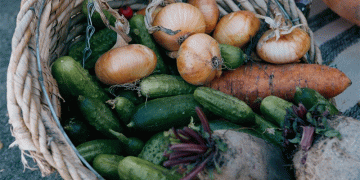As winter approaches, the citrus market in Europe becomes increasingly dynamic. According to the BLE (Federal Agency for Agriculture and Food) Market Report for Week 48, the supply of mandarins and clementines has expanded significantly, aligning with heightened demand ahead of the holiday season.
Market Breakdown by Origin
- Clementines:
- Spain: Leading supplier, especially with Clemenules (with or without leaves) and Oronules varieties.
- Italy: Followed Spain in terms of volume.
- Supplementary Imports: Arrivals from Morocco, Greece, and Portugal supported the market.
- Mandarins:
- Peru: Dominated the market.
- Other Sources: Chile, South Africa, Morocco, and Turkey provided additional volumes.
- Challenges: Greek clementines faced limited appeal in Frankfurt due to the presence of seeds, which hindered sales.
Demand and Pricing Dynamics
The lead-up to the first Advent weekend saw a marked increase in consumer demand for citrus fruits. However, price adjustments remained constrained due to ample supply.
- Clementines in Berlin: The market faced setbacks as returns from large retailers (LEH) disrupted the sale of regular stock.
- Overall Pricing Trends: While demand intensified, the surge in availability prevented significant price hikes.
Quality and Consumer Preferences
Consumer preference leaned towards seedless clementines, as evident from the lower sales of Greek varieties with seeds. Spanish clementines continued to dominate due to their consistent quality and widespread availability. Mandarins from Peru, with their unique sweetness and vibrant color, further solidified their position as a winter favorite.
A Strong Season, but Challenges Persist
The Week 48 market highlights a robust citrus season driven by diverse global imports. However, balancing supply with consumer preferences and managing disruptions like retailer returns remain critical for stakeholders. As demand intensifies during the holiday season, maintaining quality and streamlining logistics will be essential for maximizing profitability.


































